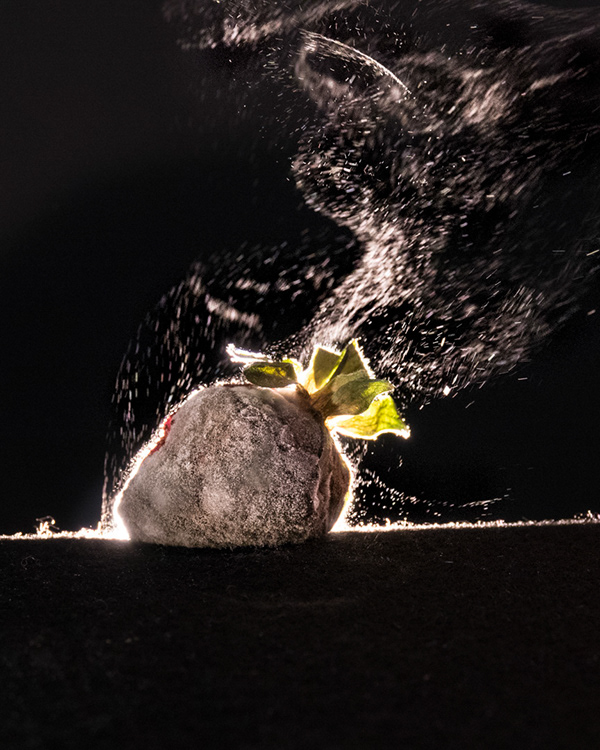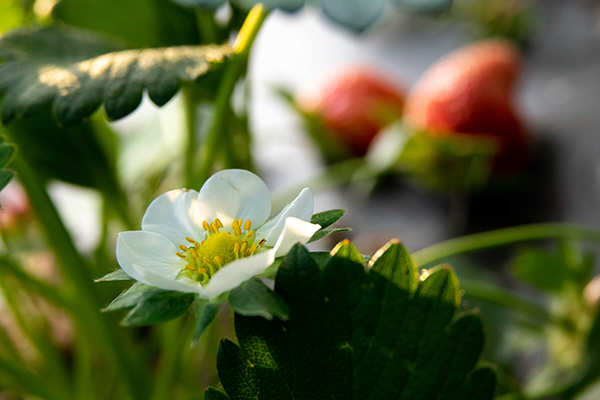By Madeline Dowling and Guido Schnabel
What comes to mind when you think of football season? Is it the excitement of cheering on your favorite team? Good times with family and friends? Incredible food? For many people, football season is a wonderful time of the year. However, amid the excitement, it’s easy to forget how much effort each team invests to prepare for just one game. One of the most critical aspects of team preparation is watching video of the opposing team, learning their weaknesses and strengths so no time is wasted during practice.
UNDERSTANDING YOUR ENEMY
Knowing your opponent is not just important in football. It’s also important in agriculture. Gray mold and anthracnose are two of a strawberry grower’s toughest opponents. In order to most effectively manage these diseases, it is important to know what they look like, where they come from and how they spread.

Learning about diseases may not sound exciting, but Clemson University is working to change that. Over the last year, new materials have been created to explain gray mold and anthracnose fruit rot on strawberry. These materials include high-definition images of the diseases, time-lapse videos of disease progression, updated disease cycle illustrations, and animated, narrated disease cycles.
Time lapses showing each stage of disease development help with recognizing diseases before they take over in the field. Disease cycle illustrations and animations explain where the diseases come from at the beginning of the season. The animation even explains how to remove sources of spores, and when to apply fungicides for best disease management.

Did you know that millions of spores can be produced on a single infected berry and spread all over the field? The materials allow users to view spores spreading as they blow and drip off berries in high-definition images. Also available for viewing are beautiful images of healthy strawberries, fields, blooms and plants.
HOW TO GET THE MATERIALS
All images are royalty-free and free to use for educational purposes. These materials and more are available to view and download at www.phytographics.com. They are also available through links within the MyIPM app.
POSITIVE IMPACT
Many growers, county agents, regional specialists, teachers and students are already using these materials, and have provided overwhelmingly positive feedback. One grower commented, “It’s about time our industry upped our game with this technology,” while a student stated, “This is the future.”
One survey of 50 representative users of the materials revealed that 98 percent thought they were useful, 90 percent understood disease cycles better, and 98 percent were able to better recognize the diseases.
We are very excited about the potential for these materials and are currently creating more videos, including ones that explain peach brown rot and fungicide resistance. So, when you are not hard at work in the field or following your favorite football team, consider checking out www.phytographics.com to gain some new insights on how to take down your strawberry opponents.
Madeline Dowling is a postdoctoral scholar and scientific illustrator and Guido Schnabel is a professor, both in the Department of Plant and Environmental Sciences at Clemson University in Clemson, South Carolina.









